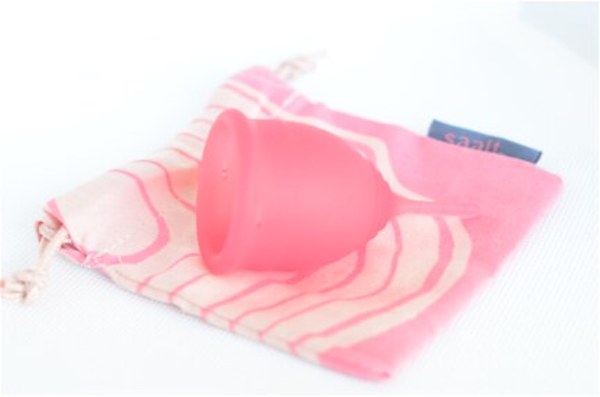
 Following my article on period poverty in the community, I felt moved to pen a piece exploring the impact sanitary products, tampons, sanitary pads, incontinence pads and nappies are having on the environment and just what we can do to minimise our own impact.
Following my article on period poverty in the community, I felt moved to pen a piece exploring the impact sanitary products, tampons, sanitary pads, incontinence pads and nappies are having on the environment and just what we can do to minimise our own impact.
Like it or not at some point most of us will have to use one of the above listed items and I can almost guarantee most of them will be packed with harsh chemicals that are both bad for your skin and the environment.
Mums in the local community have commented on the difference using reusable cloth nappies have had on their babies’ skin, my own child suffered terrible nappy rash until I switched to cloth and almost overnight it disappeared and they very rarely suffered from it again. Disposable nappies can contain a range of chemicals depending on their source such as dioxins from bleached cloth which can cause cancer.
The BBC estimate that in the UK an estimated three billion nappies are thrown away each year in the UK and if you consider on a good day an average baby may go through 6-8 nappies that’s a lot of waste.
A similar situation is true for disposable sanitary protection, for ease I will use sanitary pads and tampons as an example but incontinence pads and similar items also have a similar impact. Packaged in plastic and containing not only plastic but similar chemicals as nappies pads and tampons can be just as harmful to your health and the environment.
Once used they are disposed of and can’t be used again contributing to plastic and chemical waste in our landfills or going into the incinerators. There’s also a risk with tampons if you use one for too long, you put yourself at risk of Toxic Shock Syndrome, nobody should have to worry about that.
An alternative for all of the above is to use reusable nappies or sanitary pads and even internal protection for your period, also known as a menstrual cup. Reusable nappies and pads work in a similar way, they’re usually made from a variety of cloth material and washed after each use.
A woman can either purchase or make her own set of sanitary pads for the month and only do one wash when her period has finished, this means no harsh chemicals or environmental impact. Use a menstrual cup and you lessen your impact even further, they’re made from medical grade silicone but one menstrual cup can last a woman years if looked after properly and only requires sterilising once before use and once after, usually by boiling in a pan of water for 10 minutes.
Reusable pads can be made from old bath towels, fabric from cotton clothing and there are plenty of patterns online and YouTube tutorials of how to sew them. If you’re in the position to, there are a few places that donate cloth pads to women around the world suffering period poverty, see freedom4girls.co.uk
Watch out for my next article which will look using cloth nappies and the wonderful Leeds Nappy Library.
Image: jlbolen via Creative Commons



Good article. I recently came across a product sold on amazon as an alternative to reusable tampons. Crocheted or knitted re-useable tampons. I kid you not!
Sold as an ethical product because they’re made from organic cotton.
Making your own sanitary pads is a great option, avoid naturally dyed materials because some mordants used to fix natural dyes are carcinogenic.
Making your own tampons is not a good option. Now that these items are being sold on major online shops we need to also make people aware that not all alternatives are a good idea.